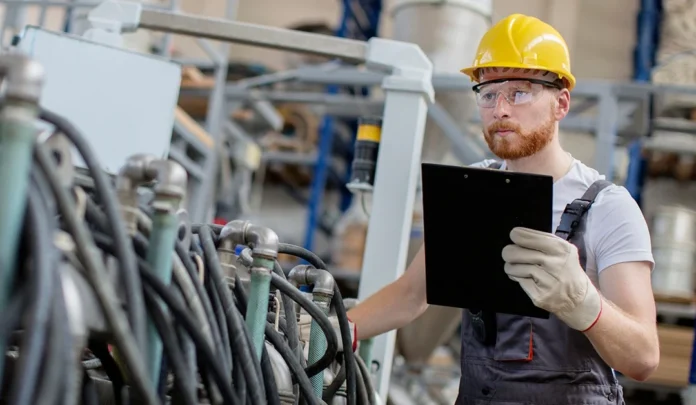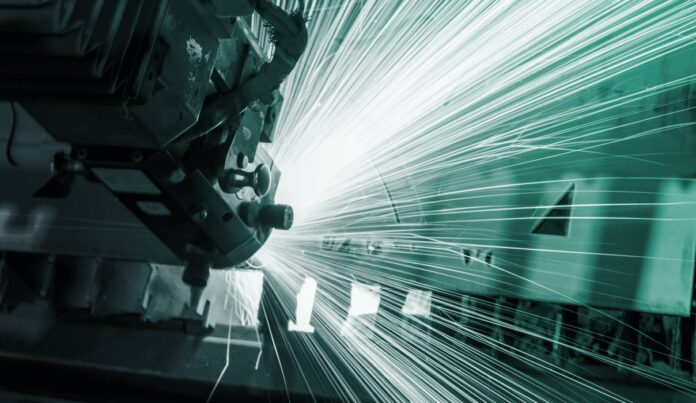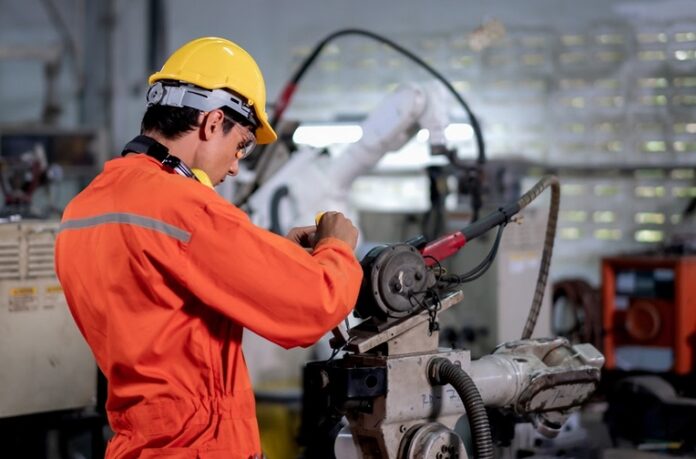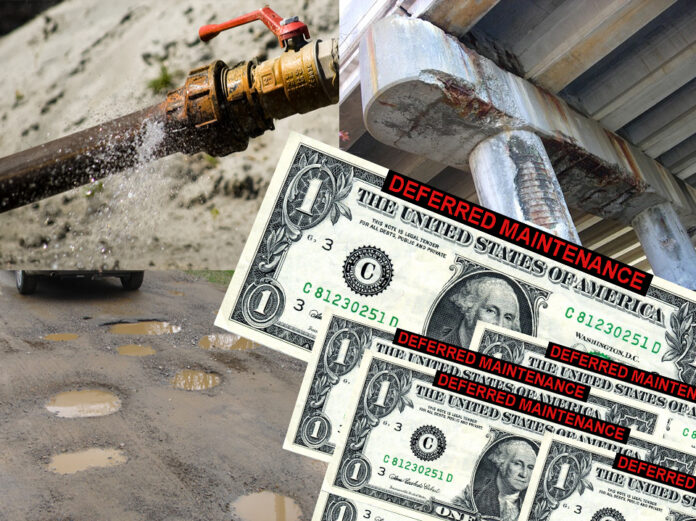Maintenance management is crucial for any given organization, its operations, and its assets. The equipment’s performance, longevity, and reliability depend on it, as well as other factors such as workplace safety, expenses, and production downtime. However, due to certain constraints, maintenance tasks get delayed, and while this is quite natural, organizations need to identify whether they are deferring maintenance tasks they can afford to. Some maintenance tasks are more crucial than others, and deferring them can cause serious problems down the line. That being said, let’s take a look at the cost of deferred maintenance and why organizations must optimize the backlog and work on crucial maintenance tasks instead of delaying them.
The different costs of deferred maintenance
Before diving deep into the cost of deferred maintenance, let’s see what it actually means. Deferred maintenance simply refers to delaying maintenance tasks due to reasons like limited resources, budgetary constraints, or ongoing workload. These are usually added to the maintenance backlog, and these maintenance tasks can be both scheduled tasks as well as emergency repairs.
So, with that out of the way, let’s see explore the cost of deferred maintenance.
Repairs might become replacements if deferred for too long
A significant cost of deferred maintenance is that repairs might quickly become replacements; let’s see how.
For instance, a lathe machine requires emergency repairs. However, due to existing constraints, the repair has been added to the backlog. While the repair has been delayed, two things might happen: either the lathe machine will be used, making the problem worse, or else the equipment will stay that way with the problem unaddressed. Either way, there’s a high chance that the equipment will need to be replaced entirely. A complicated piece of equipment like the lathe machine will see a minor repair become a major problem unless it is addressed swiftly. Once the problem becomes permanent, the entire machine will need to be replaced.

Higher costs of repairing assets
Deferred maintenance almost always means higher costs in the future. It’s quite simple – we live in an economy where inflation is inevitable, and if organizations keep deferring maintenance tasks, then they’ll need to pay more for the parts, tools, and materials required to execute the repairs.
At the end of the day, the biggest reason for deferring maintenance is cost constraints, and it might cost the organization more to execute the tasks later compared to now, defeating the entire purpose.
Dangerous health and safety risks
A significant cost of deferred maintenance is that it might lead to workplace safety incidents down the line. It’s simple – the equipment might still be used even if the maintenance is deferred, and doing so will cause overheating, wear and tear, and damage that might end up injuring the machine operator. Worse case scenarios include the equipment exploding and harming everyone around it. On the other hand, cleaning and inspections are also part of maintenance, and if these are deferred, then many types of machinery can cause poor air quality, mold, and other health risks – all of which are detrimental to the workers’ health – bringing us to the next point.

More compliance issues
When deferred maintenance causes workplace injuries, it also leads to additional expenses as fines are associated with workplace safety incidents. For instance, workplace injuries can incur OSHA fines and violations, all of which can be extremely costly for any organization. Organizations already have a challenging time ensuring that the workplace is safe and sound, and deferred maintenance can just add to the herculean task.
As a result, organizations need to ensure that the maintenance backlog is optimized at all times and that crucial tasks like cleaning and inspecting equipment are not a part of it. This helps improve workplace safety, ensure equipment reliability, and reduce numerous costs in the process.
Reduced equipment efficiency
One of the common costs of deferred maintenance is that the affected equipment will not operate efficiently. If a piece of equipment has worn-out parts that need to be replaced and its maintenance is being delayed, it’s quite likely that the machine won’t operate efficiently. For instance, loose parts, unclean vents, or almost torn belts will lead to further problems and might cause permanent damage to the equipment, even causing premature death. A piece of inefficient equipment also means that it’ll be drawing more electricity as it needs more time for the same tasks, incurring higher energy costs. Moreover, it means that production will be slowed down due to the ineffective equipment, which will cause it to become a bottleneck in the production process.
The problems don’t seem to end with deferred maintenance, right?

It affects the asset’s life
Any piece of equipment has a finite life – it’s not supposed to last forever. There are several reasons why this is done so: new technologies make new equipment more efficient, safer, faster, and even cheaper, and as time goes by, the older equipment becomes obsolete. However, even that finite life can be cut short with deferred maintenance.
Without proper maintenance tasks and deferred maintenance, the equipment might be operating at suboptimal conditions, leading to wear and tear, more damage, overheating, etc., ultimately causing it to have a shorter life. When compared to a piece of equipment that receives regular maintenance thanks to CMMS software (learn more here), an effective maintenance team, robust tools, etc., it will definitely last a shorter amount of time.
Organizations need to work on reducing deferred maintenance
As can be seen, the costs associated with deferred maintenance are many, and the benefits of it are very few. In fact, prolonging deferred maintenance only leads to higher costs, more machinery that will need replacements, and might even cause workplace safety incidents as well as the fines associated with them. Organizations need to ensure that their preventive maintenance plans are focused on keeping the maintenance backlog optimized for better equipment efficiency, lower costs, fewer equipment replacements, and lower unplanned downtime for the most efficient operations.










